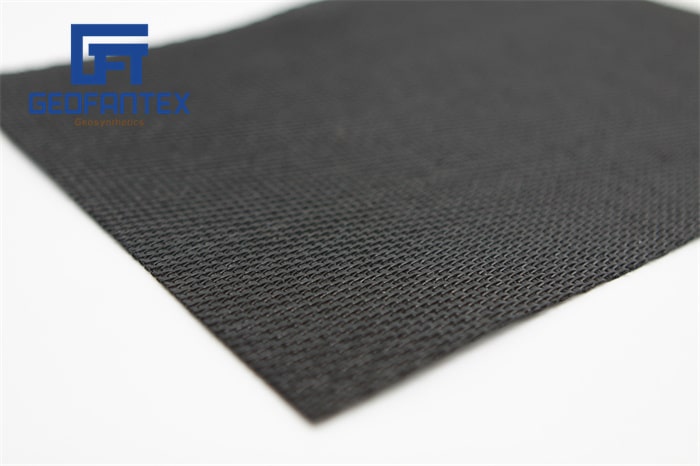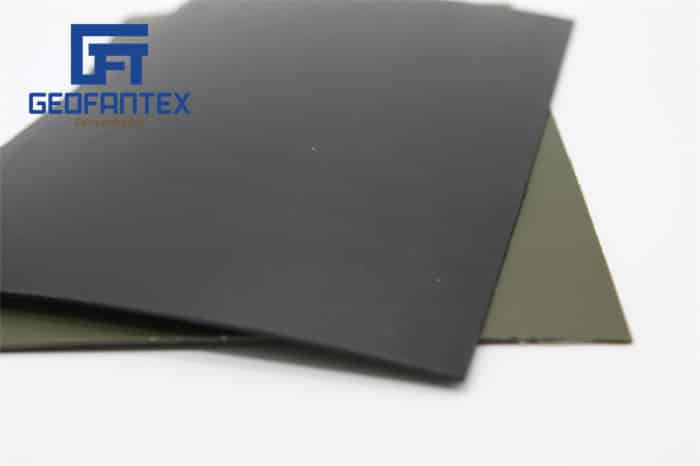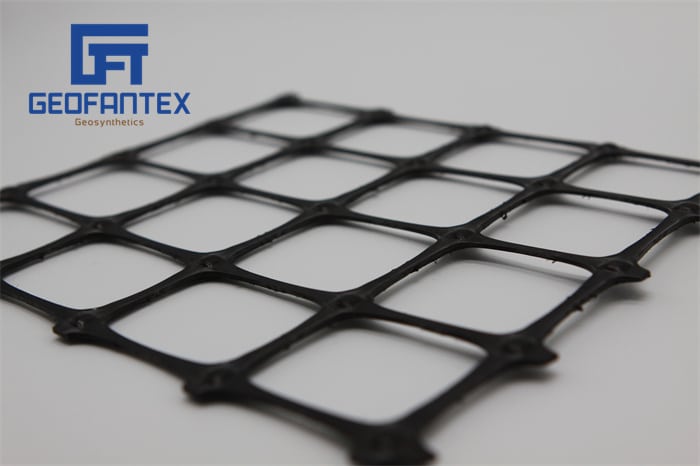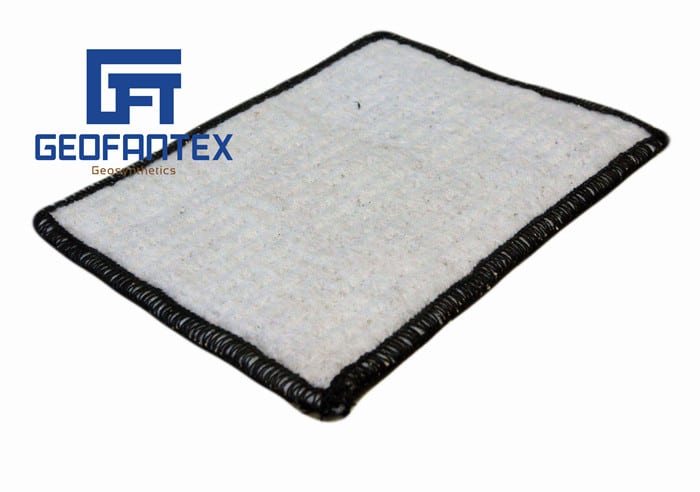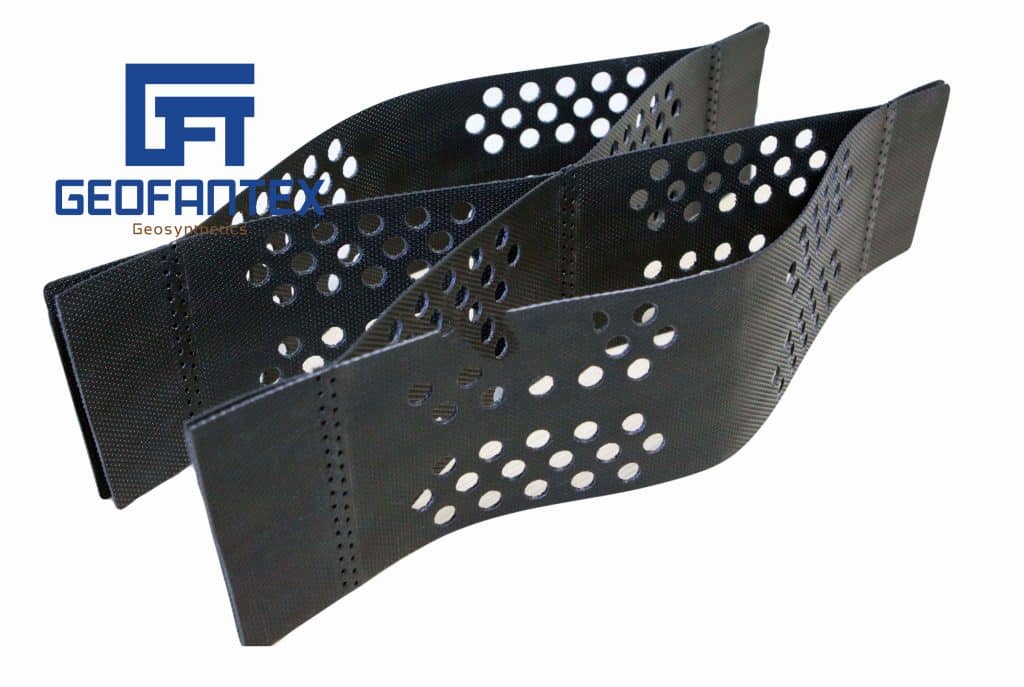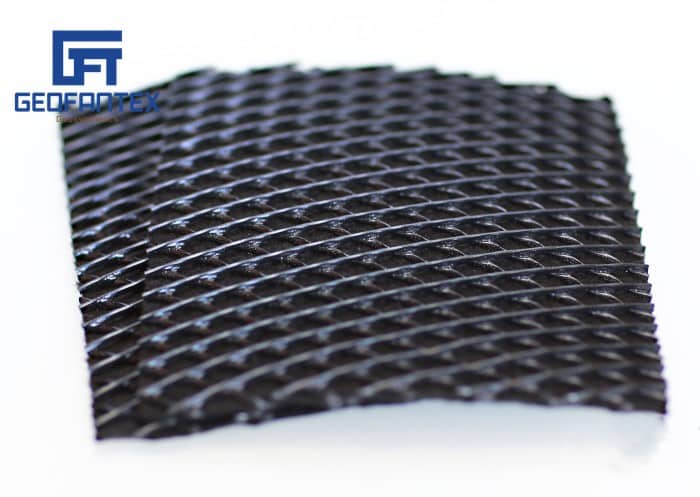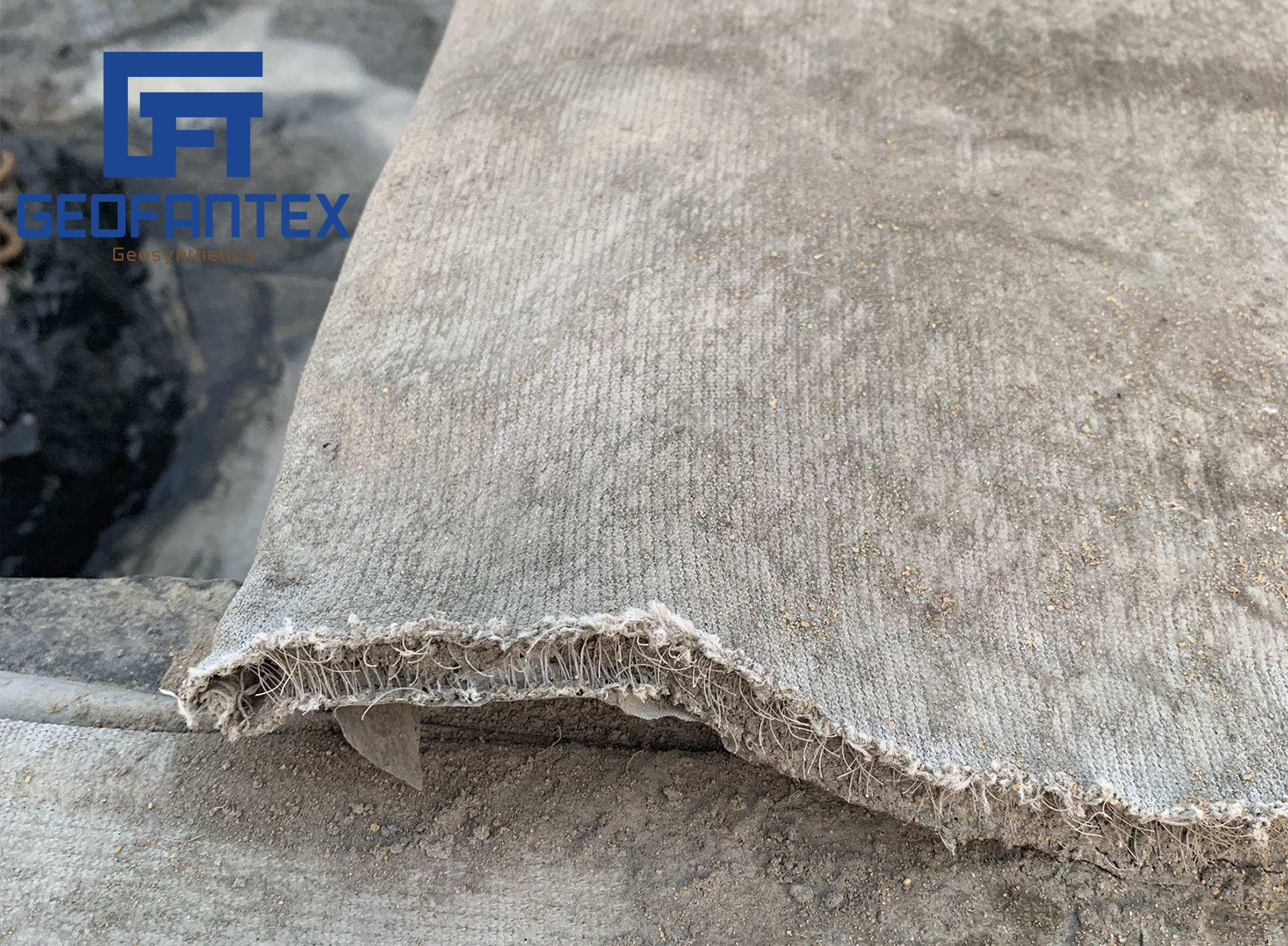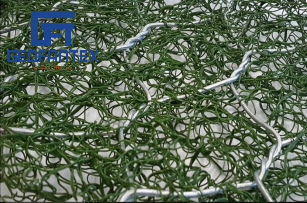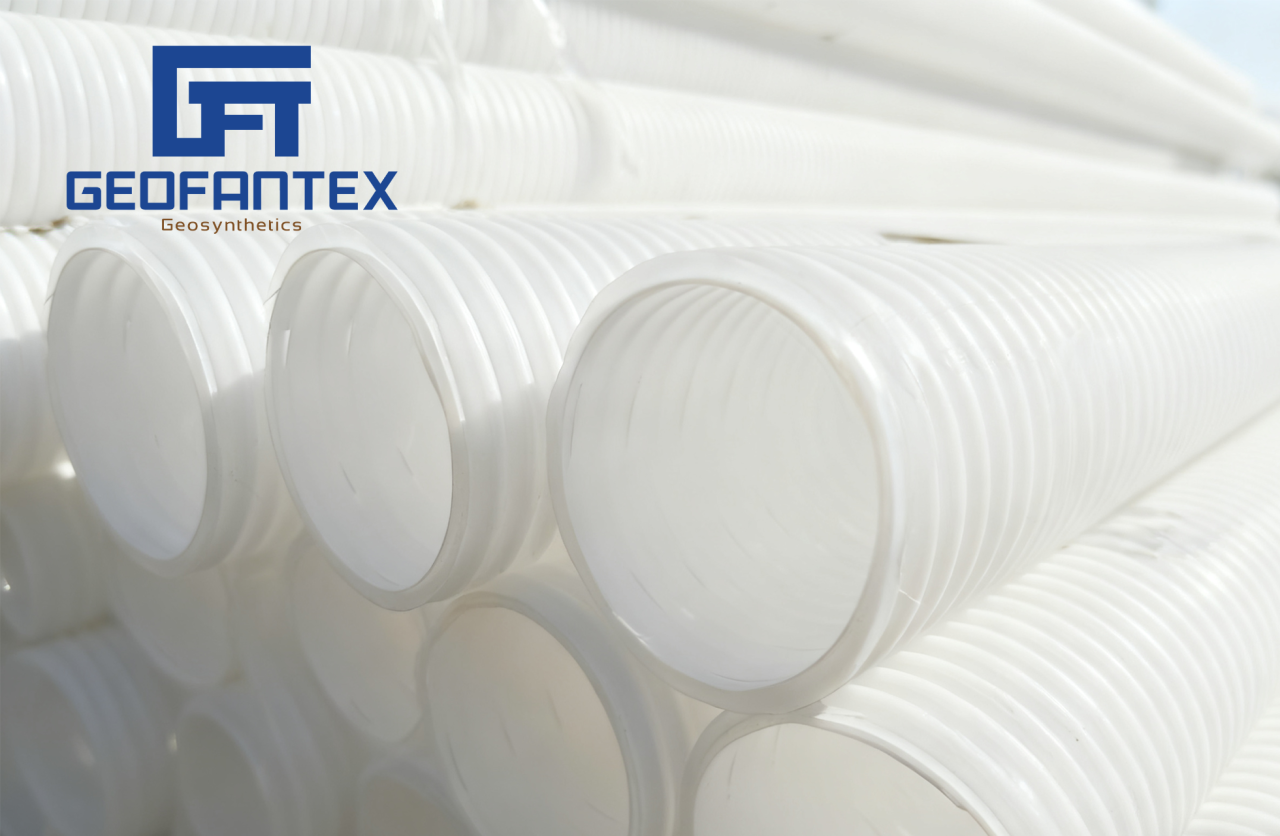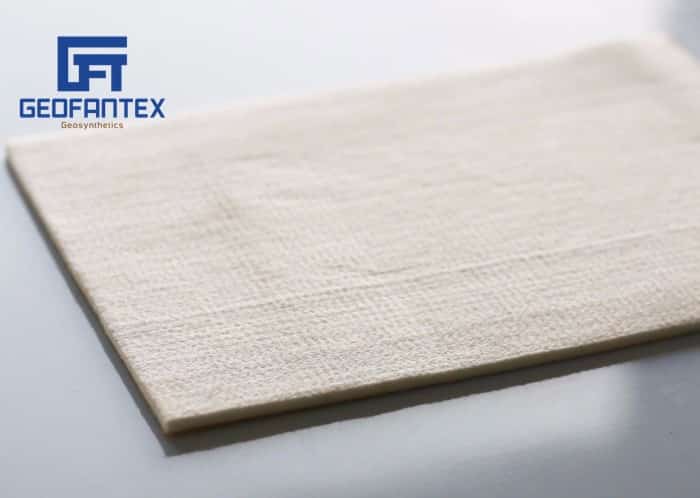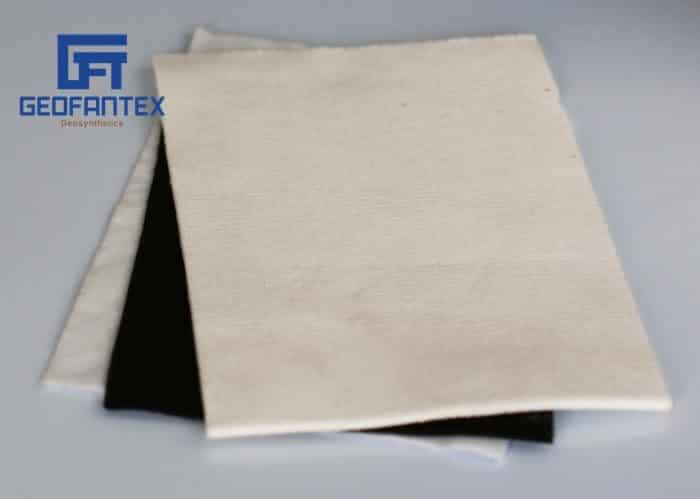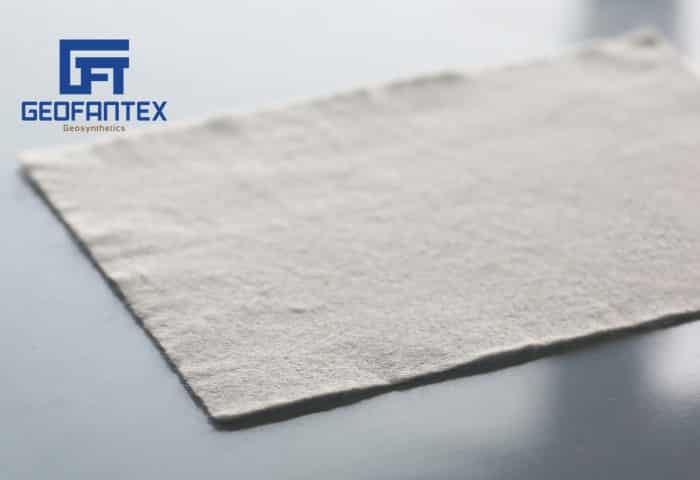+86-159 9860 6917
info@geofantex.com
geofantex@gmail.com
+86-400-8266163-44899
What is a geogrid? In recent industry developments, geogrids have emerged as crucial components in infrastructure projects worldwide. These advanced geosynthetic materials are designed to reinforce soil and provide stability, offering sustainable solutions for various construction challenges.

Geogrids in Action: Enhancing Roadways and Soil Retention
In the world of civil engineering, geogrids have become indispensable. These innovative materials strengthen roadways and stabilize soil structures, providing solutions to challenges that traditional construction methods struggle to address.
- Roadway Reinforcement: When used beneath pavements and unpaved roads, geogrids distribute loads more efficiently, reducing rutting and extending the lifespan of the roadway. By reinforcing the base layer, geogrids improve durability, even under heavy traffic or challenging soil conditions.
- Soil Retention and Slope Stability: Geogrids are also crucial in retaining walls and steep slopes. They interlock with soil, creating a composite material that resists movement and erosion. This reinforcement enables the construction of steeper slopes without sacrificing safety or longevity, saving space and reducing construction costs.
How Do Geogrids Work?
Geogrids are essential in civil engineering for reinforcing soil and improving stability. They strengthen roadways, slopes, and retaining walls, providing durable, cost-effective, and sustainable solutions.
Key benefits and applications:
- Roadway Reinforcement: Placed beneath pavements and unpaved roads, geogrids distribute loads evenly, reduce rutting, and extend road lifespan, even under heavy traffic and challenging soil conditions.
- Soil Retention and Slope Stability: Geogrids interlock with soil to create a composite material that resists movement and erosion, enabling steeper slopes and safer retaining walls.
- Load Distribution: Their open grid structure allows fill material to lock in place, spreading pressure across the surface and improving load-bearing capacity.
- Layered Reinforcement: Installed between soil lifts, geogrids stabilize each layer, enhancing compaction and overall structural performance.
By mechanically reinforcing soil, geogrids reduce movement, enhance slope and road stability, and provide long-lasting solutions for both temporary and permanent infrastructure projects.

Research and Innovation: The Evolving Role of Geogrids
Geogrids come in several types, each tailored to specific soil reinforcement and load-bearing needs:
- Uniaxial Geogrids: Provide high tensile strength primarily in one direction. Ideal for retaining walls, steep slopes, and other applications where loads are mostly unidirectional.
- Biaxial Geogrids: Offer strength in both longitudinal and transverse directions. Commonly used in roadways, pavements, and base reinforcement to distribute loads evenly and reduce rutting.
- Triaxial Geogrids: Feature a triangular mesh pattern that provides multi-directional strength and flexibility. Suitable for complex soil stabilization projects or areas with multidirectional stresses.
Application Guidance: Selecting the appropriate geogrid depends on soil type, expected loads, and project goals. Proper selection maximizes stability, improves structural performance, and reduces construction costs.
What are the different types of geogrids and how do they differ in application?
Geogrids come in various types, each engineered for specific reinforcement needs:
- Uniaxial Geogrids: Designed to provide high tensile strength primarily in one direction, ideal for applications such as retaining walls and steep slopes where load is mainly unidirectional.
- Biaxial Geogrids: Offer strength in both longitudinal and transverse directions, commonly used in roadways and pavement reinforcement to evenly distribute loads and reduce rutting.
- Triaxial Geogrids: Feature a triangular mesh pattern providing multi-directional strength and flexibility, suitable for complex soil stabilization projects and areas with multidirectional stresses.
Selecting the right geogrid type depends on the soil conditions, load requirements, and project goals to maximize stability and cost efficiency.
In conclusion, understanding what a geogrid is essential for staying informed about the latest advancements in geosynthetics. With their proven benefits in enhancing structural integrity and environmental sustainability, geogrids are set to play a pivotal role in future infrastructure projects worldwide.


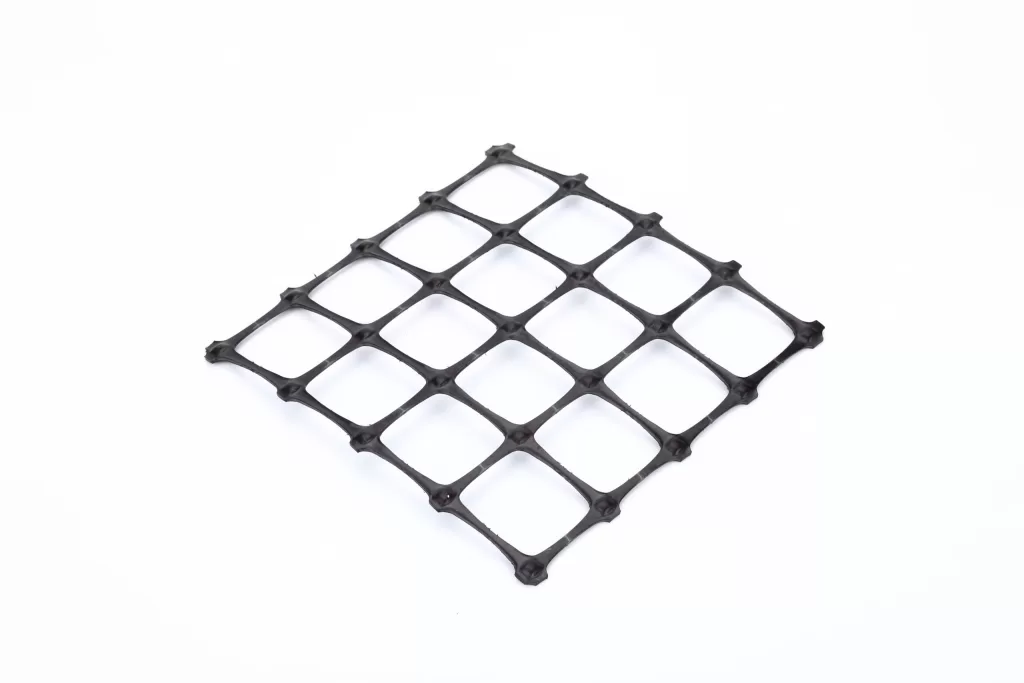
Get Free Sample
We’ll respond as soon as possible(within 12 hours)


